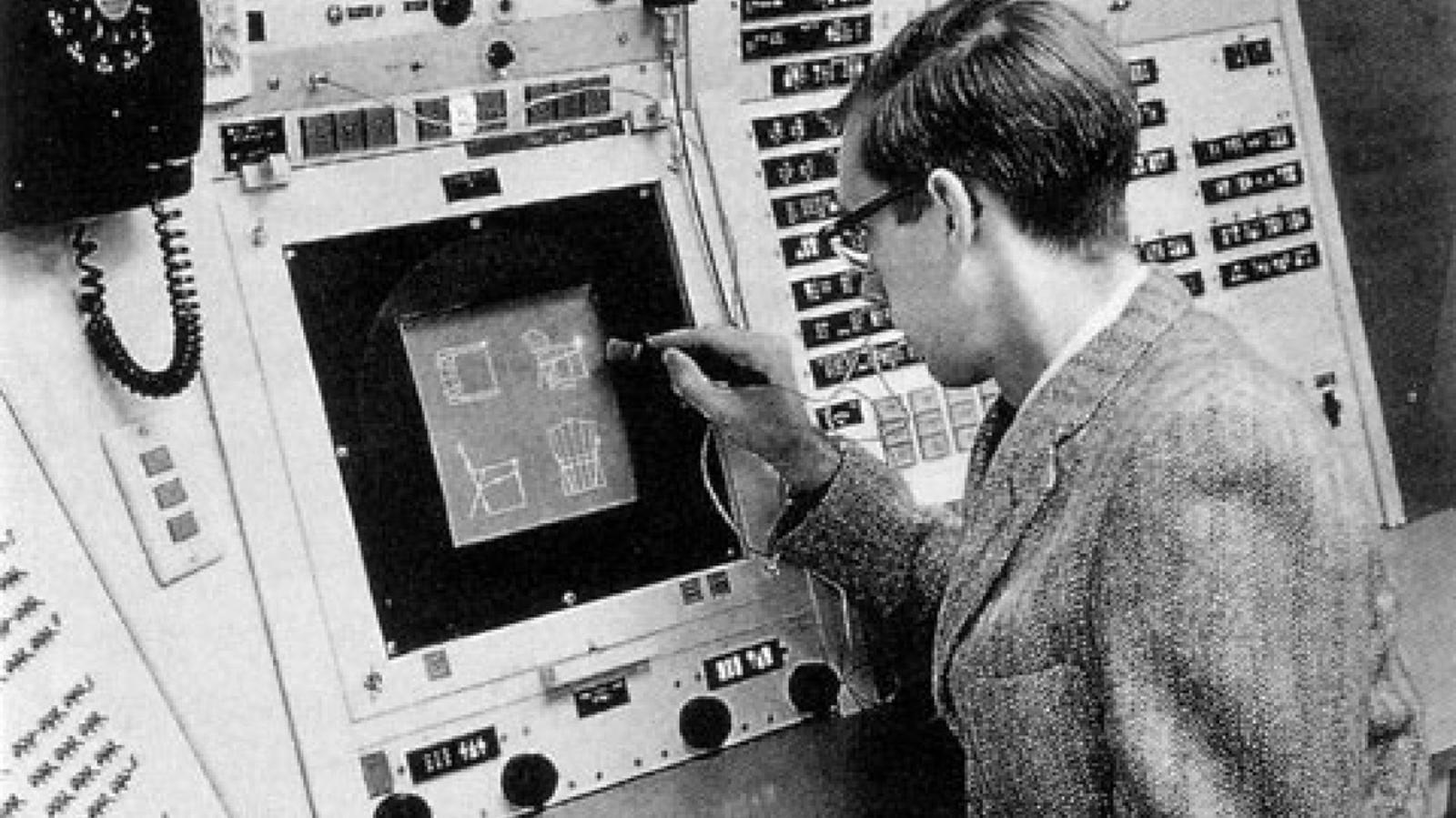
If you find our articles informative, please follow me to receive updates. It would be even better if you could also follow our ko-fi, where there are many more articles and tutorials that I believe would be very beneficial for you!
如果你觉得我们的文章有料,请关注我获得更新通知,
如果能同时关注我们的 ko-fi 就更好了,
那里有多得多的文章和教程! 相信能使您获益良多.
For collaboration and article reprint inquiries, please send an email to [email protected]
合作和文章转载 请发送邮件至 [email protected]
By:Mog、Qi
Following the previous , in the first issue we discussed some "traces" that can be seen in today's content in painting and photography. In this issue, we are trying to take a step further back in time to see what can be explored in motion images.
In the following four examples, we show how people used techniques such as deformation, penetration, shear, etc. in animation and computer-generated graphics, showing an early digital "aesthetic" that undoubtedly influenced and led to today's AIGC.
Fantasmagorie by Émile Cohl (1908)
Émile Eugène Jean Louis Cohl was a French caricaturist of the Incoherent Movement, cartoonist, and animator, called "The Father of the Animated Cartoon”
Cohl made Fantasmagoriefrom February to May or June 1908. This is considered the first fully animated film. It was made up of 700 drawings, each of which was double-exposed (animated "on twos"), leading to a running time of almost two minutes. Despite the short running time, the piece was packed with material devised in a "stream of consciousness" style. It borrowed from Blackton in using a "chalk-line effect" (filming black lines on white paper, then reversing the negative to make it look like white chalk on a black chalkboard), having the main character drawn by the artist's hand on camera, and the main characters of a clown and a gentleman (this taken from Blackton's *[Humorous Phases of Funny Faces]The film, in all of its wild transformations, is a direct tribute to the by-then forgotten Incoherent movement. The title is a reference to the "fantasmograph", a mid-Nineteenth Century variant of the magic lantern that projected ghostly images that floated across the walls.
Émile Cohl produced several similar animated films between 1908 and 1910. We chose Émile Cohl's work because he used techniques such as the mutual penetration of shapes and point-to-point transformation of graphics in animation many times.
Here are links to watch Émile Cohl's works Fantasmagorie and others:
Fantasmago
A Love Affair in Toyland
The Puppet's Nightmare
John Whitney-Catalog (1961)
John Hales Whitney Sr. was an American animator, composer and inventor, widely considered to be one of the pioneers of computer animation.
John Whitney's (animator who made first ever computer animation in film -[Vertigo](https://computeranimationhistory-cgi.jimdo.com/vertigo/)) demo reel of work created with his analog computer/film camera magic machine he built from a WWII anti-aircraft gun sight. Also Whitney and the techniques he developed with this machine were what inspired Douglas Trumbull (special FX wizard) to use the slit scan technique in the film "2001: A Space Odyssey" (1968).
Slit scan is a photographic and cinematographic process where a slit-scanned image is created by moving a slit, oriented perpendicular to the direction of the slit scan, over the subject while recording the subject with a stationary film or electronic sensor.
Here are links to watch John Whitney's works CATALOG:
Ivan Sutherland sketchpad (1962)
Ivan Edward Sutherland, born in Hastings, Nebraska, USA, is a computer scientist considered the "father of computer graphics". Known for inventing Sketchpad, expanding the field of computer graphics, and the 1988 Turing Award winner.
We all know that**Douglas Carl Engelbart** invented the mouse in 1968. Compared to the mouse, Sketchpad used a pen and screen as a more precise interactive input device.
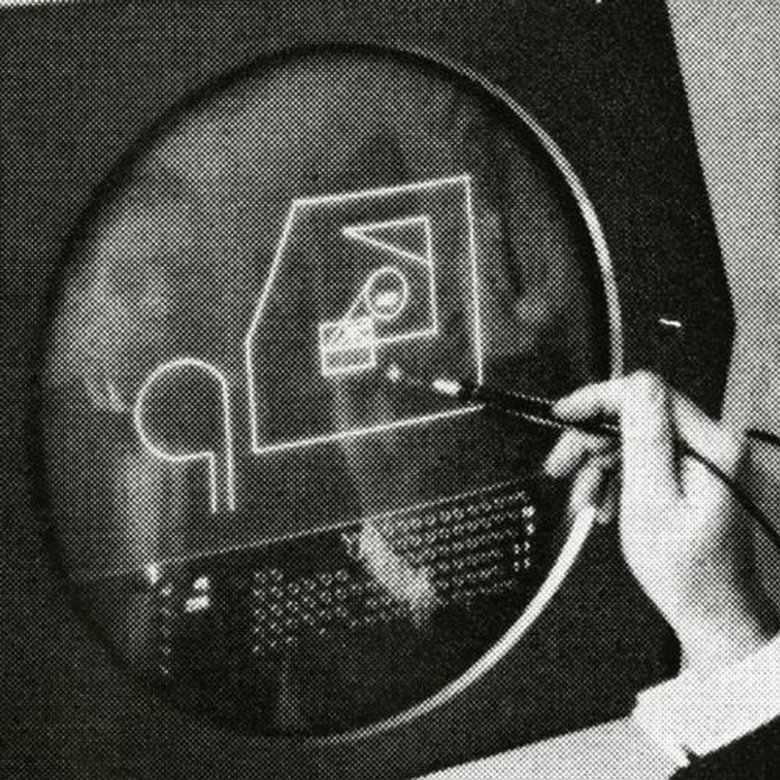
jan 4, 1969 - Sketchpad por Ivan Sutherland
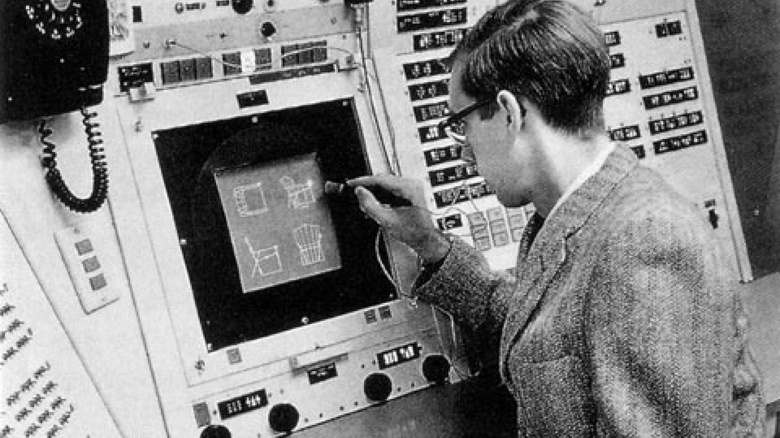
Sketchpad and Ivan Sutherland
Sutherland invented [Sketchpad](https://en.wikipedia.org/wiki/Sketchpad) in 1962 while at MIT. [Claude Shannon](https://en.wikipedia.org/wiki/Claude_Shannon) signed on to supervise Sutherland's computer drawing thesis. Among others on his thesis committee were [Marvin Minsky](https://en.wikipedia.org/wiki/Marvin_Minsky) and [Steven Coons](https://en.wikipedia.org/wiki/Steven_Coons). Sketchpad was an innovative program that influenced alternative forms of interaction with computers. Sketchpad could accept constraints and specified relationships among segments and arcs, including the diameter of arcs. It could draw both horizontal and vertical lines and combine them into figures and shapes. Figures could be copied, moved, rotated, or resized, retaining their basic properties. Sketchpad also had the first window-drawing program and clipping algorithm, which allowed zooming.
Here is a full demo of Ivan Sutherland and his sketchpad:
Charles Csuri Hummingbird (1967)
Charles Csuri is an American computer graphics researcher known for using mathematical operations to create art. In particular, the "Computational Painting" series, which uses calculations to simulate visual elements such as color, texture, and light, has become a representative work of early 3D images.
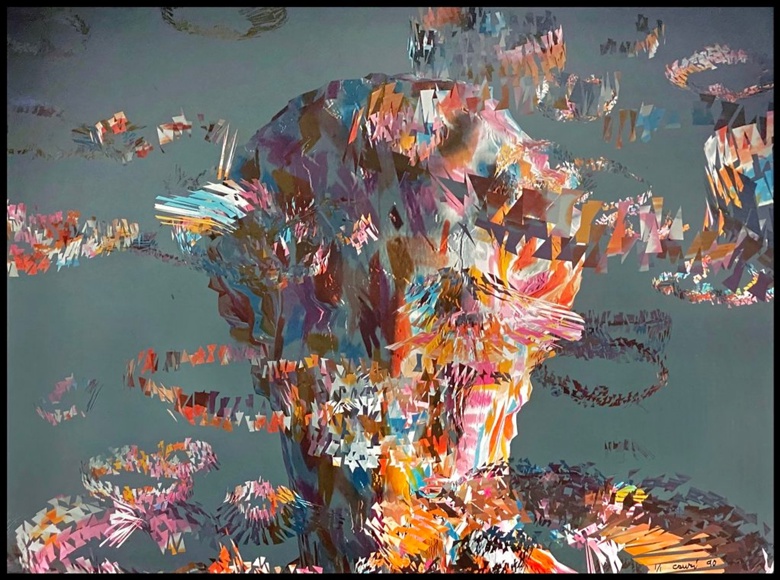
Charles Csuri, The Muse (1990)
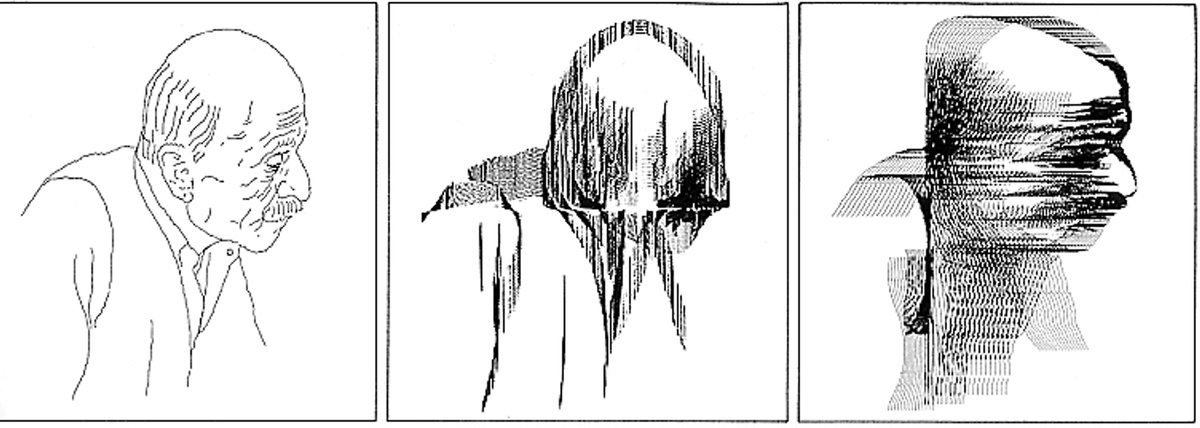
Charles A. Csuri: Aging Process. 1968
Here is Charles Csuri's computer image work Hummingbird from 1967:
(to be continue)






